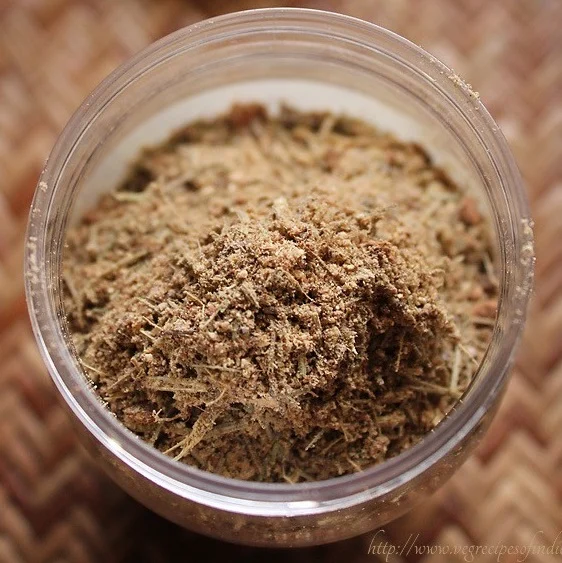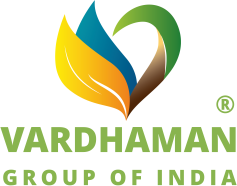
by Kadambari Ingle
- Ceremony / Tea Powder
The consumer either enjoys a refreshing iced tea or prefers a warm cup of masala tea, but the production of the beverage makes all the difference in flavors and aromas. From harvesting to drying, tea leaves undergo various processes for the difference between a delicate, sweet white tea and a robust, powerful black tea. The flavors and aromas in tea are not due to different leaves or plants but result from the processing methods of the same tea leaves.
The process for making tea can be broken from harvest to production to understand how tea leaves get from tea gardens to a piping hot cup. For simplicity and accuracy, the article focuses on the two methods of tea production. Read on to know the making of tea and learn about the process that turns the same tea leaves into incredibly different flavors and aromas.
Tea Plant Cultivation:
The first stage of producing tea is tea plant cultivation. The Camellia sinensis plant is an evergreen bush that grows in tropical and subtropical climates. For best-growing conditions, the plant prefers acidic soil and a significant amount of rainfall. Tea plants that are grown at higher altitudes have a more potent flavor. Usually, it requires approximately three years before a tea plant produces leaves ideal for tea making. Tea plants are classified into three groups based on their size. Assam leaves rank the top as the largest, followed by Cambodian, which are medium-sized leaves, and China-type leaves are the smallest. While tea plants tend to grow up to 50 feet, most tea harvesting plants remain till waist height, making it easier to pluck the tender and fresh leaves at the top. Shorter plants also produce more shoots and leaves, increasing the production capacity.
Tea Leaves Harvesting:
Tea leaves are harvested from the plant and transported to the tea factory for production. They are plucked only from the top one to two inches of the tea plant during the harvest and are known as flushes. The tea leaves are produced every 7 to 15 days during the harvest season.
Tea leaves are usually hand-plucked from the tea garden and placed into large baskets. Later, it is brought for leaf inspection and weight to ensure its quality. Broken leaves are removed as well as leaves with signs of sun or water damage. For every 100 kilograms of leaves, approximately 25 kilograms are sent on to the next tea production step. In the harvest and sorting stage, tea leaves are assessed by size, type, and appearance. In various countries, tea leaves are categorized based on the cultivation region and the methods used for harvesting.
Tea Leaves Processing:
As mentioned, all teas are derived using the same leaves but differentiated from the ways of processing following harvest. Leaves can be withered, dried, oxidized, fired, and shaped accordingly for the desired tea type. Leaves for green and white teas are not oxidized and dried in the sun, pan-fried or steamed, and then shaped as pellets or small twigs. Green tea leaves are also ground to create matcha green tea powder.
On the other hand, teas like oolong and black tea are made through an oxidation process that includes withering and rolling to encourage enzymes within the leaves to react with oxygen. The process leads to darker tea leaves and more potent flavors than green tea and white tea. The oxidation process consists of two methods, the most common orthodox method, and the CTC method.
The Orthodox Method:
For the orthodox method, tea leaves undergo a 4-step process of withering, rolling, oxidation, and drying. Each step helps to produce the flavor profiles associated with darker true teas.
Withering:
Tea leaves for black or oolong teas are withered to reduce moisture content for rolling it without flaking. Harvested tea leaves have a high water content of around 75%, which is reduced to 45% for rolling and oxidation. The water content is eliminated by laying leaves on a flat mesh surface or a bamboo tray. In the drying process, they are kept in cool air for 8 to 18 hours.
Rolling:
After withering, the leaves are rolled to increase oxidation. In traditional methods, leaves are hand-rolled; however with modern technology, tea manufacturers in India and abroad use rolling machines to speed the process. As the withered leaves are rolled, internal cell structures are broken, releasing oils that react with oxygen for flavor and aroma.
Oxidation:
After rolling, the oxidation process, also known as fermentation, determines the strength and flavor of the tea. The reaction between enzymes and oxygen breaks down chlorophyll and releases tannins, causing leaves to turn darker.
Temperatures are between 80 to 85 F, and the length of the oxidation process results in different types of tea. Non-oxidized teas like green tea and white tea compromises green color and vegetal flavor. Semi-oxidized tea like oolong is oxidized only for a short period and is usually light brown or yellow, offering a mild flavor. Fully oxidized teas like black tea are reddish-brown and have bold flavors.
Drying:
To stop the oxidation process, tea leaves are dried with several methods. Depending on the tradition and preference of tea manufacturers, it can be dried by pan-firing, sun drying, or baking. They are subjected to hot temperatures over 100 F to stop the oxidation process and reduce the moisture content to 2-3%.
CTC Method:
CTC or crush-tear-curl method results in shredded tea leaves and granular pellets. CTC tea leaves undergo the withering, oxidation, and drying methods as the orthodox teas. However, the difference between the orthodox and CTC method is during the rolling stage. In CTC production, tea leaves are rolled in machines consisting of hundreds of small, sharp teeth. It breaks down the tea leaves into smaller pieces that are usually used for tea bags.
Vardhaman Group Of India:
Vardhaman Group Of India is one of the leading tea manufacturers in India with authentic and flavored tea from various tea gardens in the nation. We provide various tea blends at our various outlets of Chaha House and Tea Kettly.
For more details on our products, visit www.vardhaman.group
